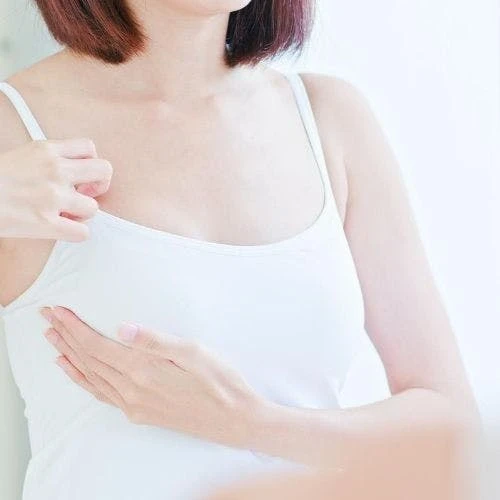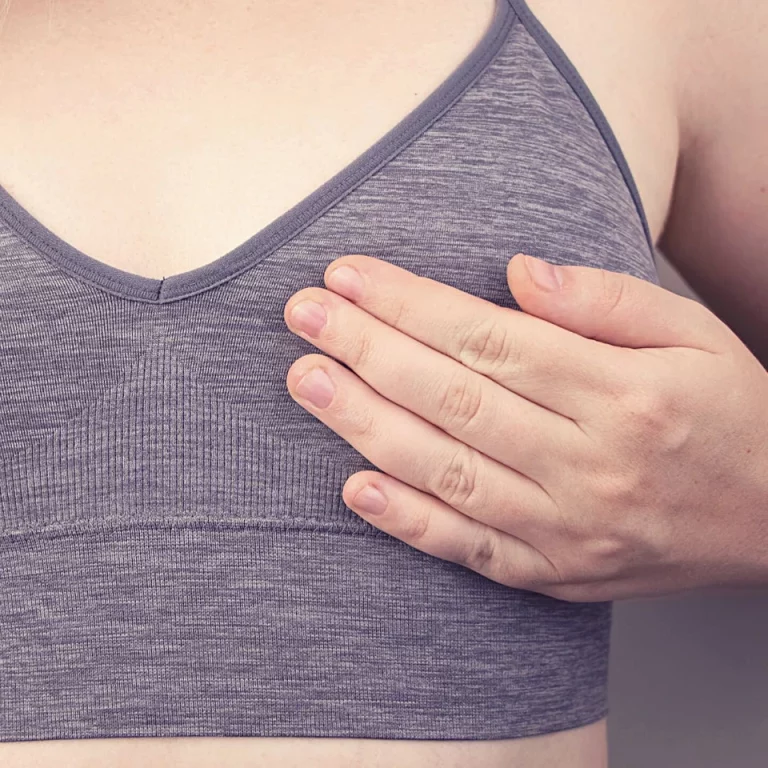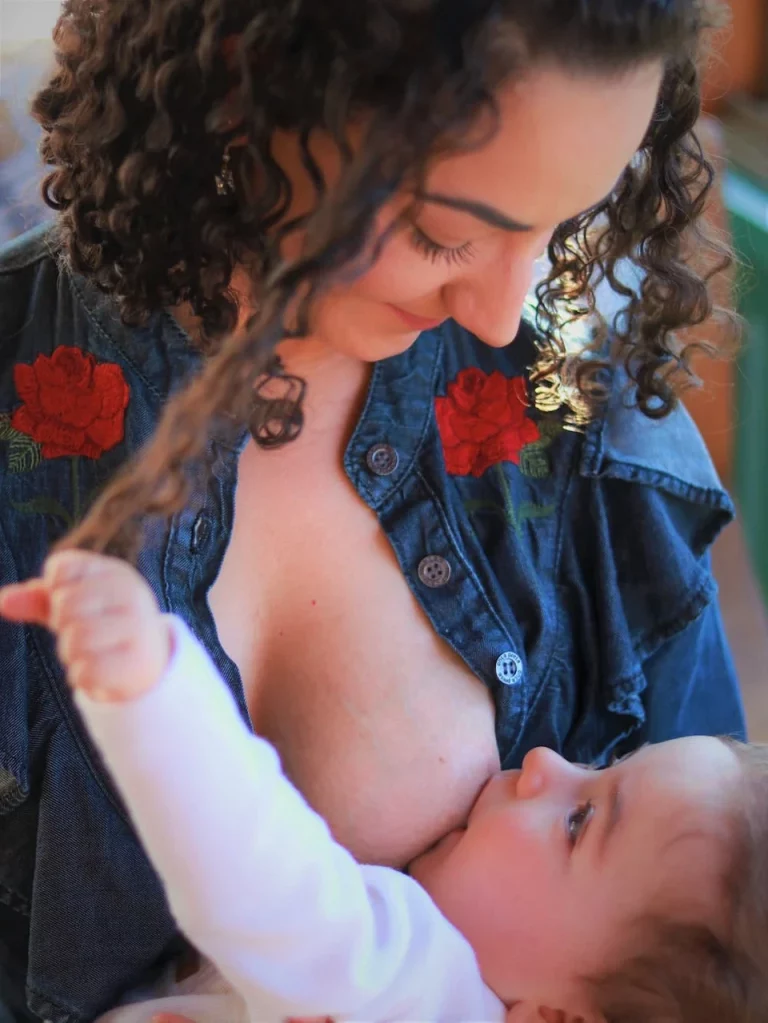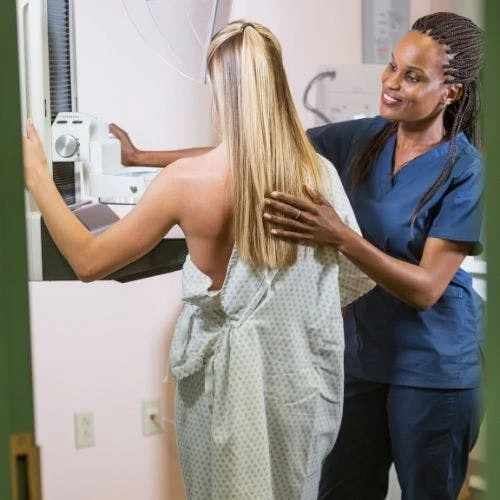Breast Lump Pregnancy – Should you worry?
Finding a breast lump in pregnancy can be very scary, and a lot of things may be in your head right now. BUT, don’t fill yourself with too much worry and anxiety.
Having breast cancer while pregnant is rare, even more so for women under 35 years old. Furthermore, you will experience a lot of changes in your breasts when expecting, so some changes can be normal.
But what exactly does a breast lump during pregnancy mean? Read on to learn more!
What Does Breast Lump in Pregnancy Mean?
Even during your second trimester, your breasts begin preparing to nurse your little one. Sometimes, a milk duct may get blocked, and even enlarged, during this process.
You will know for sure as clogged milk ducts are typically hard and sometimes even reddened lumps, which feel tender or hot to the touch. Fortunately, they usually clear and feel better after a few days, or they sometimes continue clogging up and you may need antibiotics or surgical drainage.
Other reasons your breasts would change during pregnancy is from the increase of hormones. You may feel tenderness or changes around your breasts and nipples from these hormones. You may also experience an increase in your breast size, changes of size and color of your nipples and areola, as well as bigger and noticeable Montgomery glands (the small bumps around your areola).
Once you’re in your fourth month and later, your breasts may produce colostrum and some people have small amounts of leakage or crusting of colostrum in the nipple area.
Besides clogged milk ducts, the breast lumps during pregnancy may be due to many other things such as:
• Cysts or fluid-filled sacs
• Galactoceles or milk-filled cysts
• Fibroadenomas, developing in your breasts’ lobules
These are benign breast conditions, meaning they are NOT cancerous.
Related: 8 Scientific Breastfeeding Benefits
Also, the good news is that those pesky bumps show that your body is starting to prepare to nourish your little one! And when you choose to breastfeed, it can reduce the risk of breast cancer in the future.
Furthermore, it’s great that you are aware of the changes in your breasts during and after pregnancy. Since they change a lot, it’s a great time to log in your breast shape and present feeling in a diary.
If you do have a new breast lump or changes in the existing lump that has already been checked out, you should still have it checked with your doctor as any change could be a sign of an early or new cancer.
What You Can Do About Breast Lumps
If your breast lumps are caused by clogged milk ducts, it can feel a bit uncomfortable from the tenderness.
Fortunately, you can help make your breasts feel a bit better by applying a warm compress to the affected area regularly. Or, you can run warm water on the lump while you shower.
You can also try to massage the lump and clogged duct to unclog the milk buildup, eliminating or reducing the lump size.
Again, if the lump doesn’t get any better in a day or so, do check with your doctor as you might need antibiotics or surgery to relieve the issue.
Is It Breast Cancer?
If you’re worried that it’s breast cancer, your feelings are valid. It’s also best to know how to tell if your lumps are a sign of the condition.
Breast cancer lumps aren’t usually red or painful when they appear, and they won’t clear up after hot water and/or a massage or antibiotics.
However, it can be difficult to distinguish the difference between benign and cancerous lumps, so if you feel anything suspicious in your breast, among any other new symptoms, then do get it checked immediately.
Wrapping It Up
Hopefully, our article on breast lumps during pregnancy informed you of the possible causes of a new lump during pregnancy. If you have a lump in your breast, make sure to get it checked out as soon as you can.
We discuss products we think are useful to people. If you buy something through our links, we may earn a commission. Remember to check with your personal physician to see if a product recommended is right for you.








